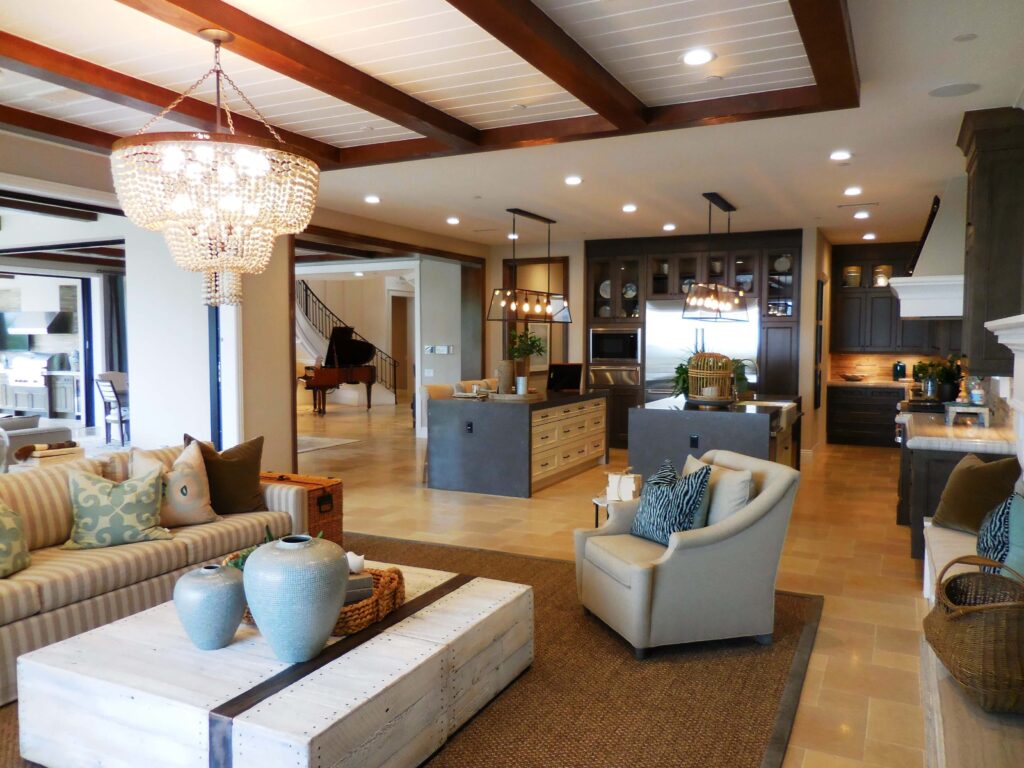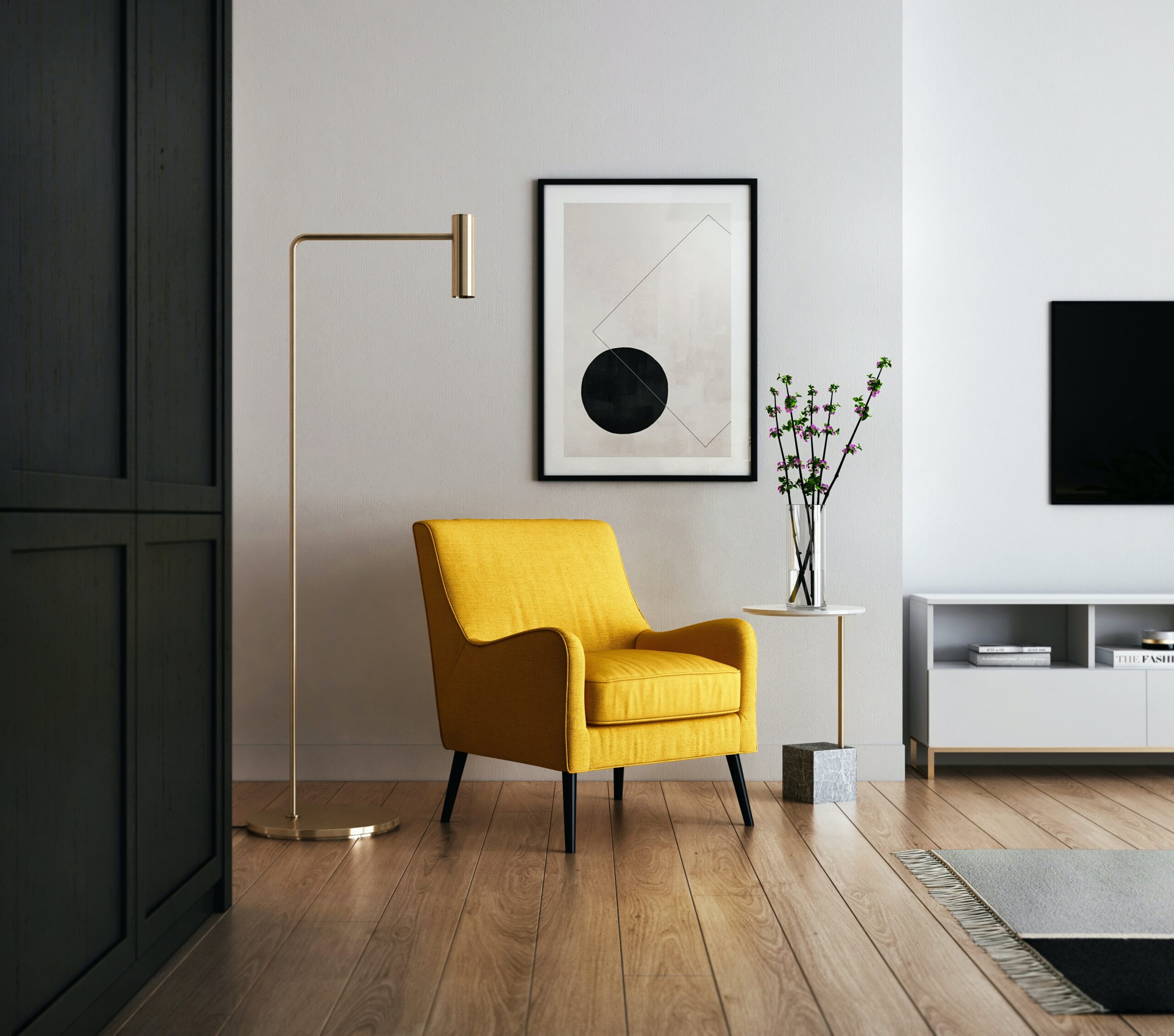What is the first item an interior designer should consider?
The first item that an interior designer should consider when beginning a project is the client’s needs and preferences. Understanding the client’s lifestyle, tastes, and functional requirements is essential for creating a design that not only looks appealing but also meets the client’s expectations and enhances their daily life. This initial consideration sets the foundation for the entire design process.
Here are key steps and aspects that an interior designer should focus on when considering the client’s needs:
- Client Consultation:
- Conduct a thorough client consultation to gather information about their lifestyle, habits, and preferences. This includes understanding how they use and envision the space, their aesthetic preferences, and any specific requirements they may have.
- Lifestyle Analysis:
- Assess the client’s daily routine, activities, and habits. Consider factors such as family size, ages of family members, and any specific needs or challenges that need to be addressed in the design.
- Functional Requirements:
- Identify the functional requirements of the space. This may involve understanding the purpose of each room, any specific storage needs, and any activities that will take place in the space.
- Budget and Timeline:
- Discuss the client’s budget constraints and the timeline for the project. Establishing a clear understanding of budgetary limits helps in making informed design decisions that align with the client’s financial goals.
- Personal Style Preferences:
- Explore the client’s personal style preferences by discussing colors, patterns, textures, and design styles. Use visual tools like mood boards or reference images to pinpoint the client’s aesthetic taste.
- Prioritize Client’s Wish List:
- Work with the client to prioritize their wish list. Understand which elements are must-haves and which ones are desirable but can be adjusted based on budget and feasibility.
- Consider Existing Elements:
- If the project involves renovations or redesigning an existing space, consider the existing architectural features, furniture, and elements that the client wants to retain. This can influence the design direction.
- Cultural Sensitivity:
- Be aware of any cultural or regional influences that may impact the design preferences of the client. Different cultures may have specific design elements or traditions that the client wishes to incorporate.
- Communication and Expectations:
- Clearly communicate the design process, expectations, and the role of the client in decision-making. Establishing effective communication channels ensures that the designer and client are on the same page throughout the project.
By prioritizing the client’s needs and preferences as the first consideration, interior designers can create a design concept that is not only aesthetically pleasing but also functional, personalized, and tailored to the client’s unique requirements. This client-centric approach sets the stage for a successful collaboration and ensures that the final design reflects the client’s vision for their space.

